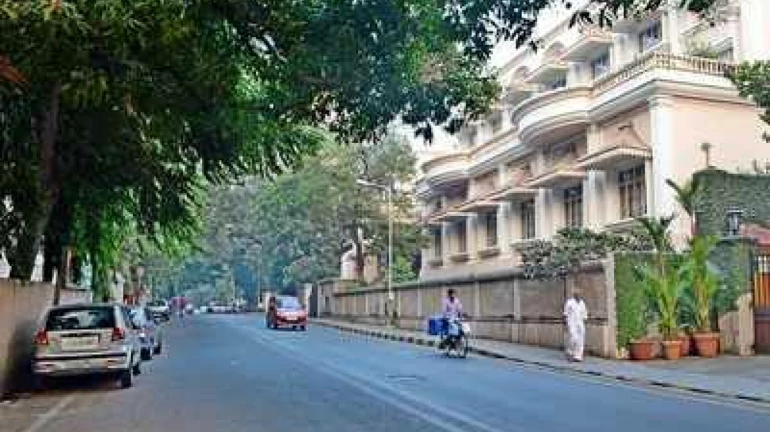
According to reports, areas like Nepeansea Road, Malabar Hill and Pedder Road, which comes under D ward, has recorded a growth rate of 1.86 per cent. In comparison, the city's average is 1.46 per cent.
This is followed by H-West Ward (Bandra, Khar and Santacruz) with a growth rate of 1.84 per cent.
The ward with the highest upper-class concentration has reported the maximum COVID-19 case growth rate among all 24 wards of the city. According to the BMC’s data, the Malabar Hill area has the highest number of coronavirus infected patients. Currently, most of the new cases are found through contact tracing. But the rate of these cases is low.
In July last year, the city's corona incidence rate was 1.34 per cent. Of these, the D ward was 2.1 per cent and the H-West ward was 1.55 per cent. In the first week of September 2020, the growth rates of D and H-West were 1.44 per cent and 1.4 per cent, respectively. Which was 1.1 per cent higher than other cities in Mumbai.
In D ward, the BMC has sealed several high-rise buildings in each of which over five cases were reported. The plush Embassy Apartments alongside the Russian consulate was unsealed on April 19, while both wings of Dariya Mahal on Nepeansea Road continue to remain sealed after 16 cases were reported.
The ward officer said that 95 per cent of cases are from buildings and only 5 per cent from slums.
Therefore, the buildings in which the highest number of patients are found are sealed off by declaring the micro-content zone of the corona.
Meanwhile, it has been observed that one person in a family is infecting other members. Hence, the testing of house help and drivers coming to the buildings has been intensified.
Malabar Hill activist Indrani Malkani said the problem is that people are still not following Covid-appropriate behaviour despite being into the second year of the pandemic. People will be seen wearing face masks that are falling off their nose or using a hand sanitiser only for the sake of it and not to ensure that they are protecting themselves from infectious germs. The problem is also asymptomatic people infecting others, she added.





